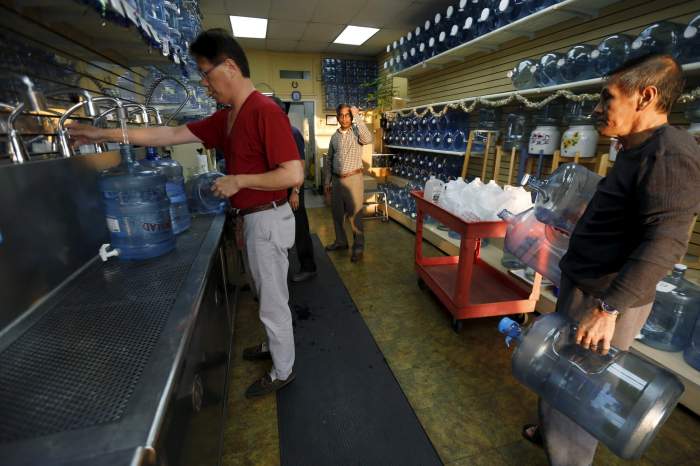By Lucia Mutikani
WASHINGTON (Reuters) – U.S. job growth surged in April and the unemployment rate dropped to a more than 49-year low of 3.6 percent, pointing to solid economic growth.
The Labour Department’s closely watched monthly employment report on Friday, however, showed steady wage gains last month, consistent with moderate inflation. The decline in the unemployment rate was because people left the labour force, suggesting some slack in the jobs market remains.
The report was broadly supportive of the Federal Reserve’s decision on Wednesday to keep interest rates unchanged and signal little desire to adjust monetary policy anytime soon. Fed Chair Jerome Powell described the economy and job growth as “a bit stronger than we anticipated” and inflation “somewhat weaker.”
Nonfarm payrolls increased by 263,000 jobs last month, amid gains in hiring nearly across all sectors. Data for February and March was revised up to show 16,000 more jobs created than previously reported. Economists polled by Reuters had forecast nonfarm payrolls rising by 185,000 jobs last month.
Job growth is well above the roughly 100,000 needed per month to keep up with growth in the working-age population.
The second month of strong job growth was further evidence that February’s paltry 56,000 increase in jobs was an aberration. It also effectively put to rest concerns about a recession and diminish expectations of an interest rate cut this year that had been fanned by a brief inversion of the U.S. Treasury yield curve in March.
Job growth remains strong, despite anecdotal evidence of worker shortages in the transportation, manufacturing and construction industries, suggesting some slack still remains in the labour market.
Steadily rising wages have on balance been keeping workers in the labour force and drawing back those who had dropped out. Average hourly earnings rose six cents, or 0.2 percent in April after rising by the same margin in March. That kept the annual increase in wages at 3.2 percent.
Though wage growth is not strong enough to drive up inflation, it is seen sufficient to underpin economic growth as the stimulus from last year’s $1.5 trillion tax cut wanes. The economy grew at a 3.2 percent annualised rate in the first quarter, driven by a surge in exports and inventories, quickening from the October-December period’s 2.2 percent pace.
The two-tenths of a percentage point decline in the unemployment rate from 3.8 percent in March was because 490,000 people left the labour force in April. The jobless rate is now below the 3.7 percent that Fed officials project it will be by the end of the year.
The labour force participation rate, or the proportion of working-age Americans who have a job or are looking for one, fell to 62.8 percent in April from 63.0 percent in March. The participation rate hit a more than five-year high of 63.2 percent in January. The low participation rate suggests some slack still remains in the labour market.
Some economists expect job growth to slow this year as fewer workers become available, which will push up wages and lift inflation back to the Fed’s 2 percent target. An inflation measure tracked by the U.S. central bank increased 1.6 percent in the year to March, the smallest gain in 14 months, from 1.7 percent in February.
Employment at construction sites increased by 33,000 jobs in April, rising for a second straight month. Manufacturing sector payrolls rebounded by 4,000 jobs after being unchanged in March.
The industry is being pressured by layoffs in the automobile sector as assembly plants try to cope with declining sales and an inventory overhang.
Government payrolls increased by 27,000 in April, likely driven by early hiring for the 2020 Census.
(Reporting by Lucia Mutikani; Editing by Andrea Ricci) ((Lucia.Mutikani@thomsonreuters.com; 1 202 898 8315; Reuters Messaging: lucia.mutikani.thomsonreuters.com@reuters.net)



















